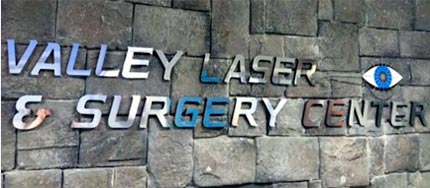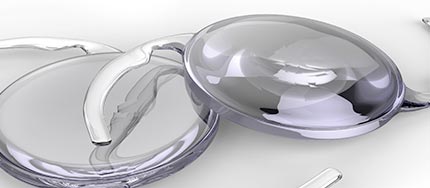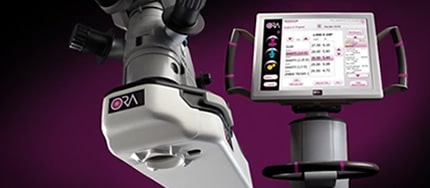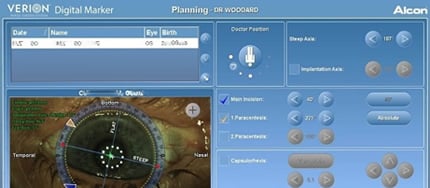Cataract Treatment in Stockton, Manteca, and Modesto
A cataract is the gradual clouding of the natural crystalline lens within the eye. Cataract surgery is the procedure in which this clouded lens is removed and replaced with a new, clear lens to restore vision.
Why Choose Central Valley Eye For Your Cataract Surgery?
SURGICAL EXPERTISE
At Central Valley Eye, our cataract surgeons were all fellowship trained and are dedicated to bringing their surgical expertise to the Central Valley. They are recognized as leaders within the field and continue to actively teach ocular anatomy and/or cataract surgery to Stanford resident physicians. Together, our surgeons have completed tens of thousands of cataract surgeries and have a trusted reputation in the community. We also have fellowship trained glaucoma specialists who co-treat glaucoma at the time of cataract surgery with micro-invasive glaucoma surgery (MIGS) and traditional filtering surgeries.
ADVANCED TECHNOLOGY
Our physicians utilize the most advanced technologies for cataract surgery and strive to continually bring the best surgical innovations to our patients in the Central Valley. We are proud to provide our patients with the option of LenSx femto-second laser cataract surgery along with the Verion image-guided system to improve visual clarity, precision, safety, and lens positioning. We also utilize the latest technology in intraoperative wavefront aberrometry testing (ORA) which yields real time data validation in surgery to provide the most accurate custom lens selection. Our physicians also implant toric lenses for astigmatism management and multifocal lenses that provide both near and far vision in one lens.
Dr. Stephen Lin was featured on Cataract & Refractive Surgery Today Podcast!
The RxSight Light Adjustable Lens – What to Expect

SCHEDULE AN APPOINTMENT
If you would like to learn more about Cataract Treatment in Stockton, Manteca, and Modesto call 1-800-244-9907 to make an appointment at Central Valley Eye Medical Group.
LASER CATARACT SURGERY
LASER CATARACT SURGERY
Femto-second laser cataract surgery is a new technology that replaces traditional blades and other manual steps in cataract surgery with a computer-guided laser system. All incisions, the opening of the bag holding the lens, and the initial lens fragmentation are completed with the laser. This allows for increased safety, precision, and decreased ultrasound energy required to remove your cloudy lens. The laser also allows for special incisions in the cornea, called limbal relaxing incisions, which helps to neutralize and decrease lower levels astigmatism at the time of your cataract surgery. This, in turn, provides improved glasses-free vision and decreased reliance on glasses after surgery.
ASTIGMATISM CORRECTION –
CLARITY WITHOUT GLASSES
Astigmatism is an eye condition that causes your vision to be blurry and distorted when not corrected by glasses or contacts. This is due to the shape of the cornea being closer to an oval rather than a sphere. At the time of cataract surgery, lower levels of astigmatism can be treated with the femto-second laser, while larger levels of astigmatism typically are treated with the toric intraocular lens.
MULTIFOCAL –
THE NEAR & FAR LENS
MULTIFOCAL –
THE NEAR & FAR LENS
Multifocal lenses are considered “premium” intraocular lenses as they can decrease astigmatism like a toric lens while providing clear vision for both near and far. These lenses are designed to decrease glasses reliance and provide patients with the most spectacle independence of all the lens options. Although these lenses typically provide clear vision, they do have some trade-offs as they can cause some glare and mild blurriness with distance vision when compared to monofocal lens. These lenses are best in patients who have no other significant ocular conditions and are looking to have the lowest reliance on glasses after surgery. Learn more about “premium” intraocular lenses »















